With a Varanasi court clearing the decks for fresh trial this week, mosque management cries foul, even as petitioners tell mid-day they are gearing up for a ‘dharamyuddh’ and will ensure they take back all their temples

Policemen stand guard near the Gyanvapi mosque during Friday noon prayers in Varanasi. Earlier this week, the District and Sessions court of Varanasi held the civil suit filed by five female devotees seeking the right to pray to Maa Shringar Gauri and other visible and invisible deities, which they claim were being worshipped till 1993, was maintainable. Pic/Getty Images
Varanasi resident Sohan Lal Arya was in his 40s, when he performed karseva at Ayodhya on December 6, 1992 to demolish the Babri Masjid. Three decades on, the 72-year-old still flaunts a stone block from the “dhancha” (the mosque that was torn down) in his home. The souvenir, he says, reminds him of the path that lies ahead. “We will get back all our temples,” he says.
ADVERTISEMENT
Arya is the divisional vice president of Vishwa Hindu Parishad (VHP) and a member of the Rashtriya Swayamsevak Sangh (RSS) in Varanasi. His wife, Laxmi Devi, is one of the five female petitioners in the suit that demanded the right to worship Goddess Shringar Gauri in the precincts of the Kashi Vishwanath temple-Gyanvapi mosque complex on a daily basis. Until now, the pooja and darshan of Maa Shringar Gauri took place only once a year during Chaitra Navaratra at the western wall behind the mosque. Earlier this week, the District and Sessions court of Varanasi held that the civil suit filed by five female devotees—four friends from Varanasi (Laxmi Devi, Manju Vyas, Sita Sahu, and Rekha Pathak) and Delhi-based Rakhi Singh—seeking the right to pray to Maa Shringar Gauri and other visible and invisible deities, which they claim were being worshipped till 1993, was maintainable. The plaintiffs argued that Shringar Gauri was a place of daily worship for the Hindus till 1993, and that the then government had put up barricades, limiting the worship by Hindus to an annual event. In his 26-page order, Varanasi district judge Amit Kumar Vishvesha observed that the plea by the plaintiffs was not restricted by the Places of Worship (Special Provisions) Act, 1991, The Waqf Act, 1995 and the UP Shri Kashi Vishwanath Temple Act, 1983, but was confined to the right of worship as a civil and fundamental right.
 Jitendra Singh Visen
Jitendra Singh Visen
The development has paved way for the trial of this suit to begin with the first hearing scheduled for September 22.
With 13 cases currently pitted against the Gyanvapi mosque, its management, Anjuman Intezamiya Masajid (AIM), is fearing the worst. “Petition after petition are being allowed to be filed and tried, like it was in the Ayodhya case,” says SM Yaseen, the joint secretary of AIM.
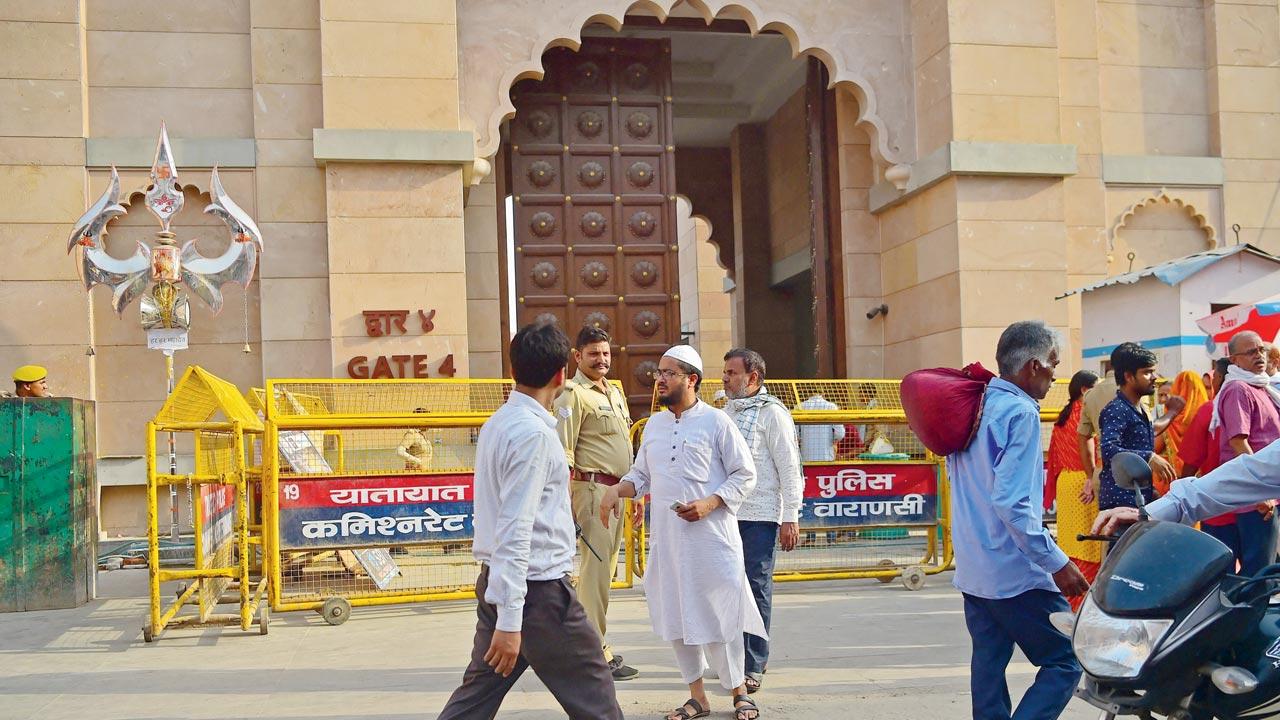 A policeman stands guard in the vicinity of Kashi Vishwanath temple and the Gyanvapi mosque in Varanasi, as devotees gather for prayer. Pic/Getty Images
A policeman stands guard in the vicinity of Kashi Vishwanath temple and the Gyanvapi mosque in Varanasi, as devotees gather for prayer. Pic/Getty Images
Yaseen owns a wood workshop in Varanasi’s chowk area, but he spends most of his time with advocates, searching documents and fighting off litigation. “It seems like a pre-planned conspiracy now. The Kashi-Vishwanath Temple (KVT) Corridor [to link the temple with the ghats along river Ganga in Varanasi] left us high and dry. Before that, the mosque was less exposed and protected amidst the sea of houses,” he says.
AIM will soon be approaching the high court against the lower court’s order.
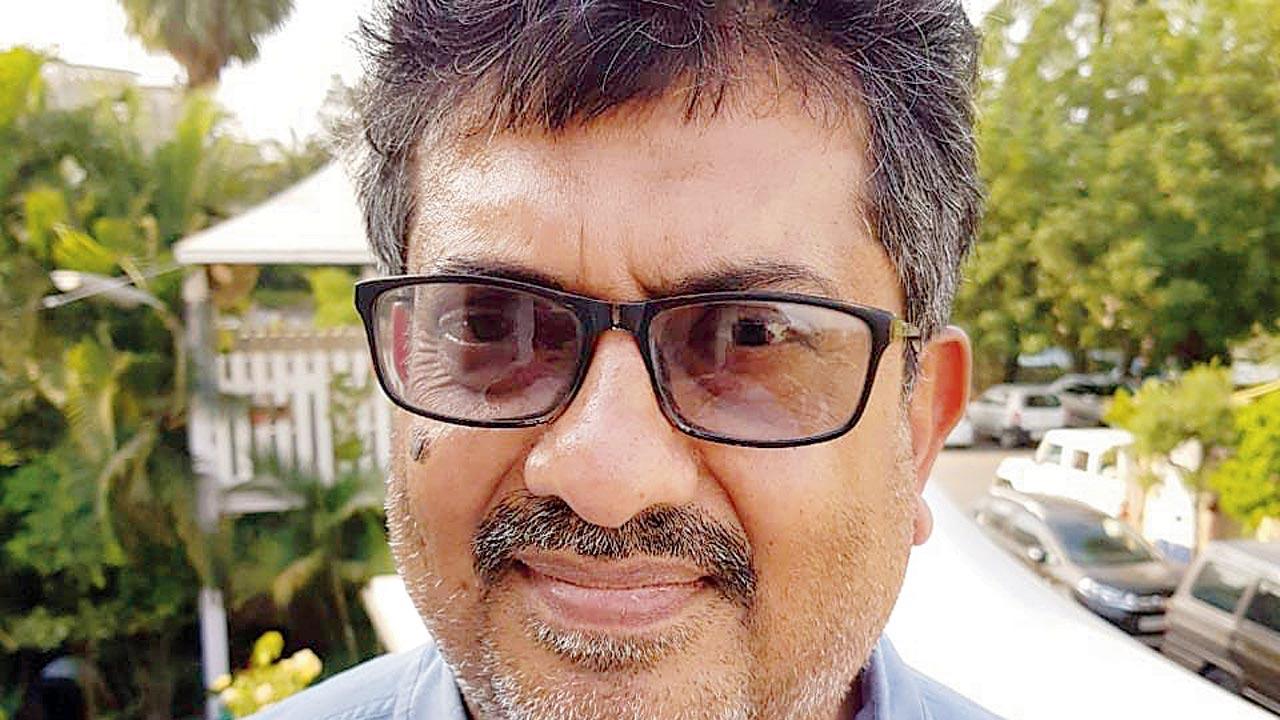 Athar Husain
Athar Husain
In the petition, the women have claimed that Shringar Gauri is not just restricted to the western wall behind the mosque, but the entire plot no. 9130, which corresponds to the whole Gyanvapi mosque complex.
They further plan to plea to the court to disallow Muslims from offering namaz in the Gyanvapi mosque and will be seeking permission to perform pooja of the Aadi Vishveshwar Jyotirlinga, the alleged Shivling, which appeared in the mosque’s wuzukhana [ablution pond] during a survey of the compound as part of the Shringar Gauri petition, in May 2022.
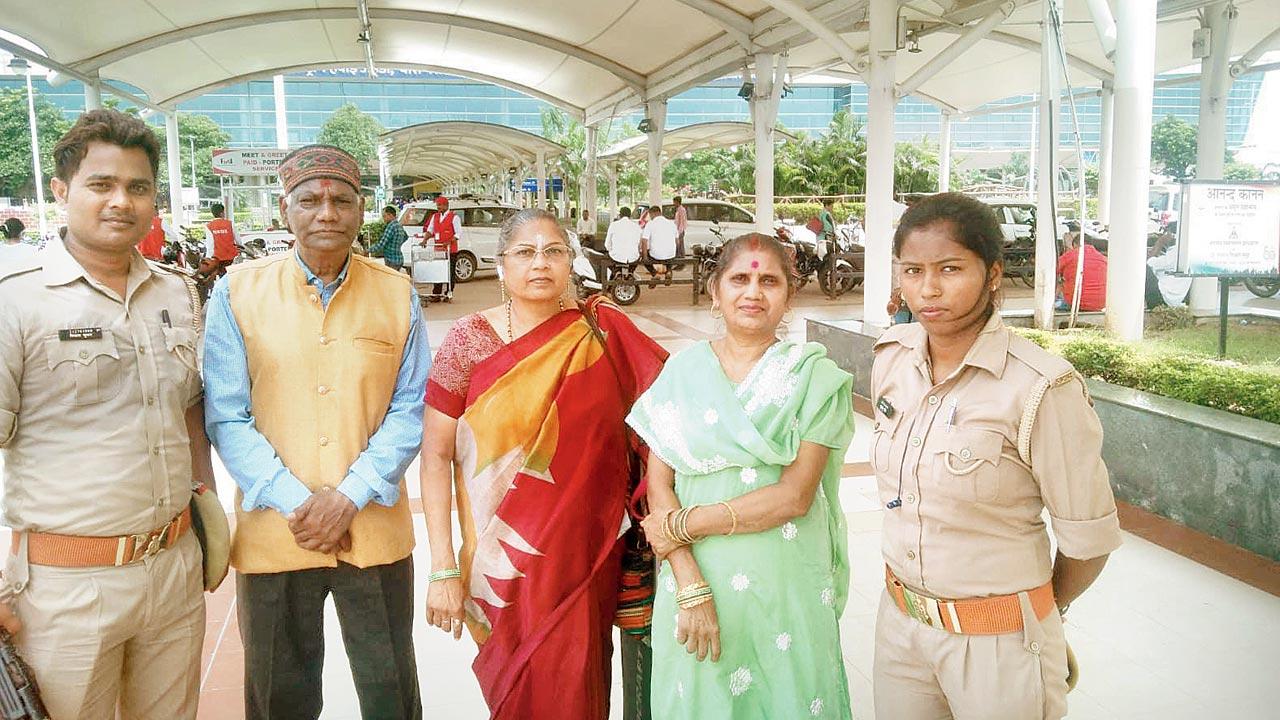 Sohan Lal Arya, the divisional vice president of VHP, was among the karsevaks who demolished the Babri Masjid December 6, 1992. His wife Laxmi Devi (in green) is a petitioner in the Shringar Gauri case
Sohan Lal Arya, the divisional vice president of VHP, was among the karsevaks who demolished the Babri Masjid December 6, 1992. His wife Laxmi Devi (in green) is a petitioner in the Shringar Gauri case
“The demands against namaz is an intrusion of our rights,” says Yaseen. “We never had a problem with any pooja or darshan of Shringar Gauri on the western side of the mosque. In fact, it is beyond the mosque’s barricade, so we have no right over it. But now, the pleas are stating that Shringar Gauri is inside the mosque! How can we accept that?” Yaseen asks, adding, “Even the supposed excavation of the Shivling in the mosque’s wuzukhana points to a conspiracy, much like the way Ram Lalla idols were planted inside the Babri Masjid. The law and courts are doing nothing to preserve our rights.”
Manju Vyas, a resident of Varanasi, who is petitioner in the Shringar Gauri case, doesn’t mince words when spelling out her intention: “We want to have an Ayodhya-like peaceful result in the Gyanvapi mosque case.” Vyas has also demanded carbon dating of the Shivling to prove that it pre-dates the mosque’s structure. “We also want an archaeological survey to be done.” She claims to have seen evidences of temple-like structures and Hindu signs and symbols inside the mosque and under its dome. “Till when can they hide all the proof? We have seen the temple ourselves. In fact, we don’t call it a masjid, it is a ‘mahazidd’. If they remain stubborn, they will have to answer for all the 30,000 temples that were destroyed to build mosques. We will rest only after we get back the original temple in Kashi,” she says.
But, not everyone thinks that the Gyanvapi mosque will suffer Babri Masjid’s fate.
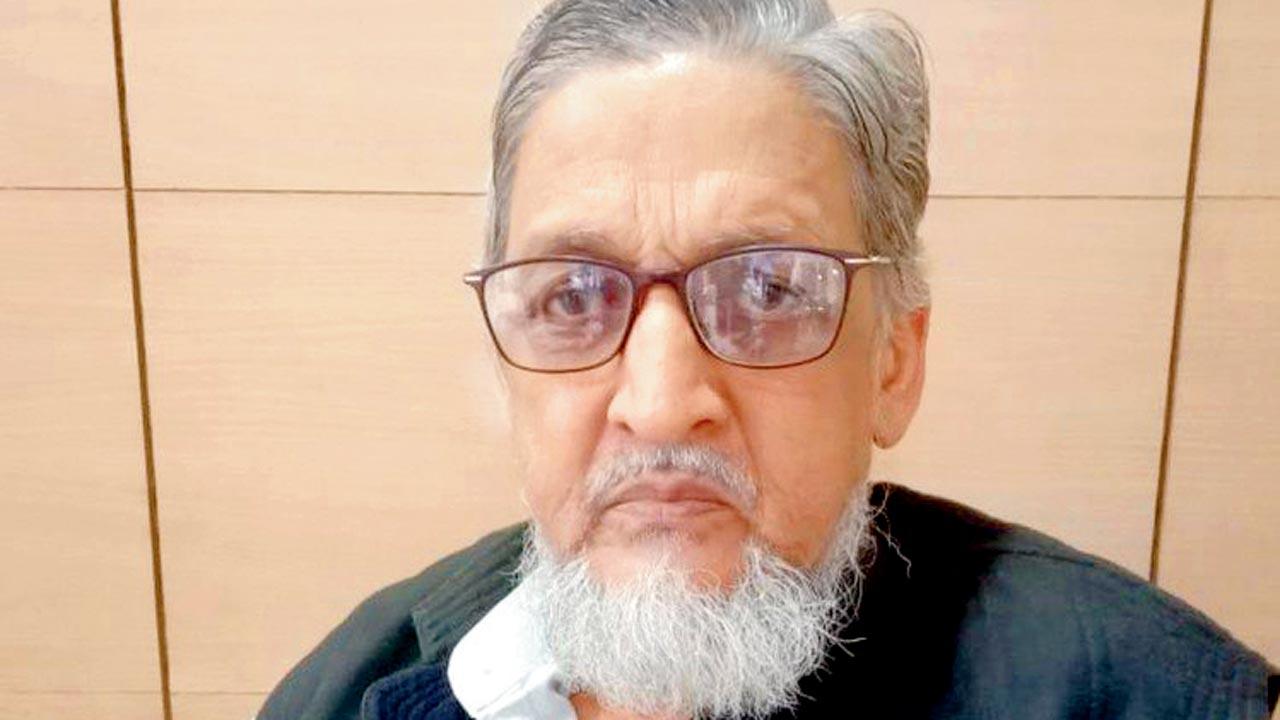 SM Yaseen, joint secretary, Anjuman Intezamiya Masajid
SM Yaseen, joint secretary, Anjuman Intezamiya Masajid
Athar Husain is secretary of the Indo-Islamic Cultural Foundation (IICF), which was made responsible by the UP Sunni Central Waqf Board for constructing a mosque in Dhannipur in lieu of Ayodhya’s Babri Masjid, as per the Supreme Court’s 2019 order. “The biggest obstacle [for the petitioners] ...is the Ayodhya verdict itself.” “The SC in its Ayodhya verdict in November 2019 had observed the applicability of the Places of Worship (Special Provision) Act, 1991 on all religious places in India, including the Gyanvapi mosque.”
The Act prohibits conversion of any place of worship and provides for the maintenance of the religious character of any place of worship as it existed on August 15, 1947. “The verdict is to be accepted and followed in its full spirit,” says Husain, adding, “The Gyanvapi matter, I believe, will be settled as status quo, maintaining the structures and traditions as they are today and as they were in 1947.”
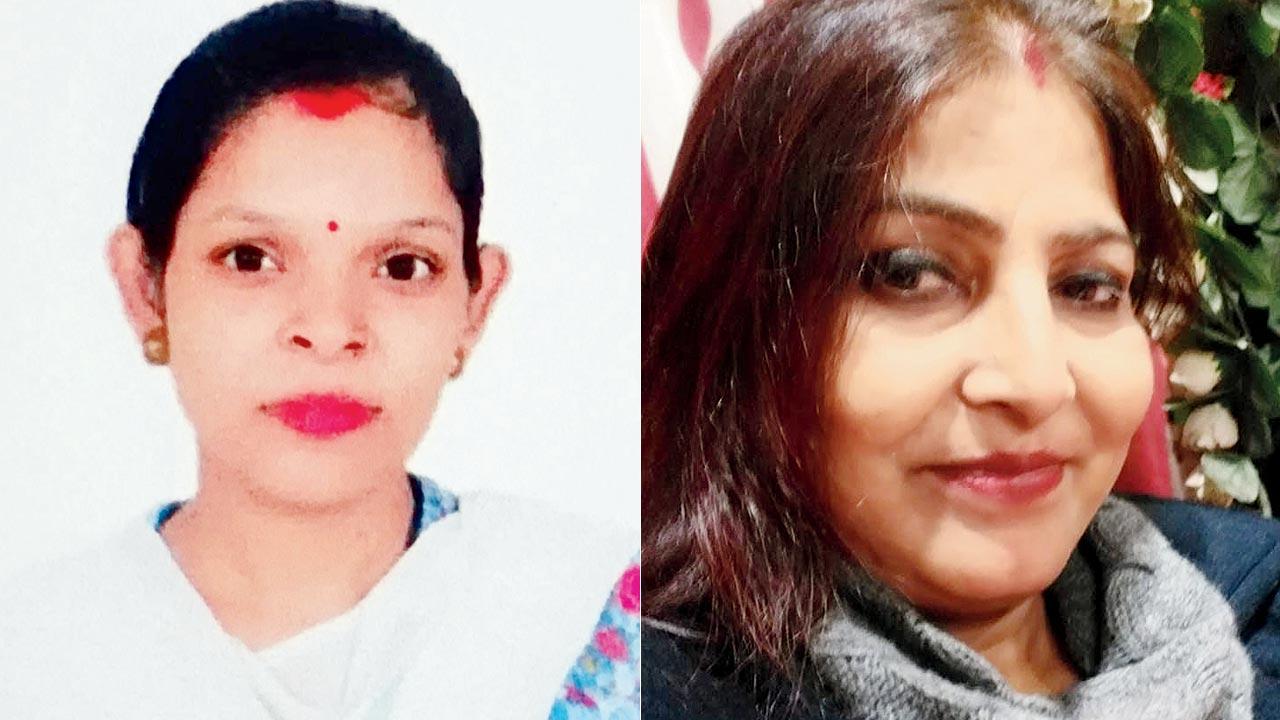 Rakhi Singh and Manju Vyas (right) are among the five petitioners, who have sought the right to pray inside the Gyanvapi mosque premises daily
Rakhi Singh and Manju Vyas (right) are among the five petitioners, who have sought the right to pray inside the Gyanvapi mosque premises daily
Delhi based-chief of Vishwa Vedic Sanatan Sangh (VVSS) Jitendra Singh Visen, who is the uncle of Rakhi Singh, plaintiff number one in the Shringar Gauri case, however, claims that the Places of Worship (Special Provisions) Act, 1991 does not hold water in the Kashi issue. In fact, Visen believes that if he is allowed to work aggressively in the legal domain, he can get the matter sorted in just under a year. “Gyanvapi was a mandir in 1947, and it will remain so. New and small construction such as the domes cannot redefine its character,” he says.
Visen himself is a petitioner in another plea filed in court, where he is representing Aadi Vishveshwar Jyotirlinga as next of friend. His wife Kiran Singh is also a plaintiff as the next of friend of Maa Shringar Gauri. Visen and his family, including adopted son Suraj are also involved in the legal fight in the Mathura-based Shri Krishna Janmabhoomi-Shahi Idgah mosque court case.
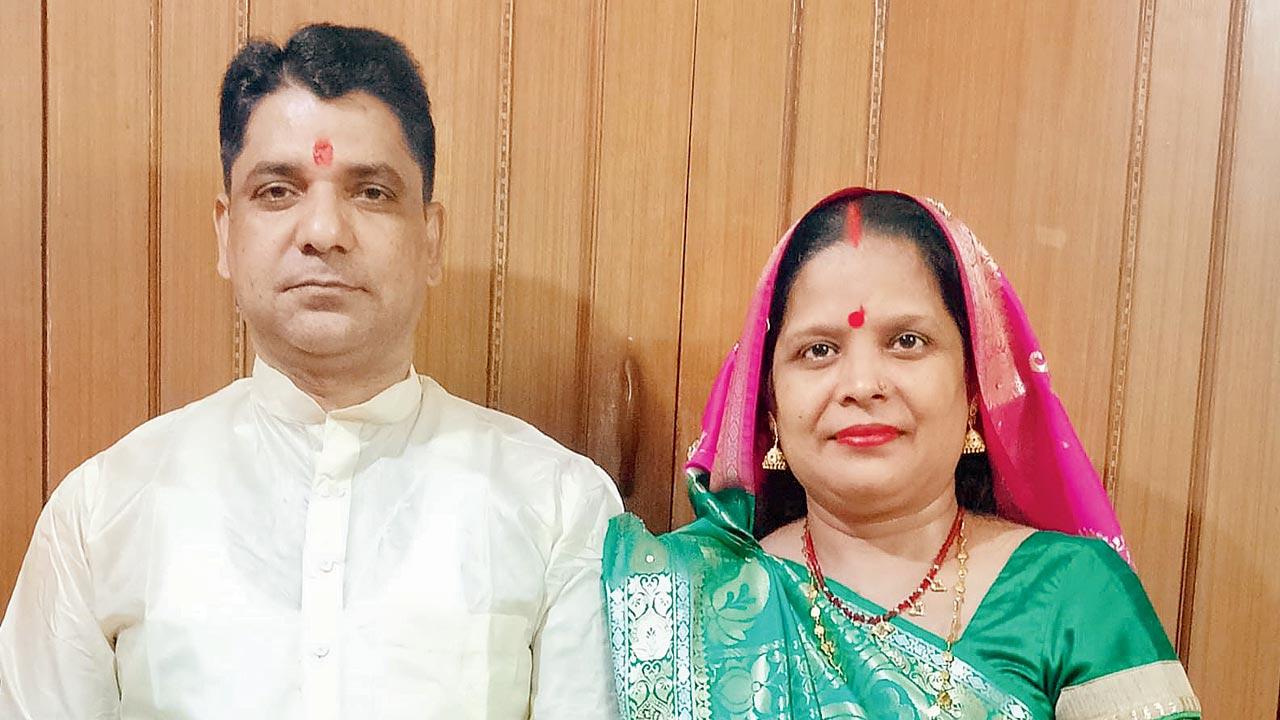 Jitendra Singh Visen with wife Kiran Singh are determined to get back temples in Kashi and Mathura. They have already filed separate pleas in court
Jitendra Singh Visen with wife Kiran Singh are determined to get back temples in Kashi and Mathura. They have already filed separate pleas in court
“In the Ayodhya case, Triloki Nath Pandey was Ram Lalla’s next of friend in court and here my family is playing that role. We will get back Kashi, then Mathura, Qutub Minar and even the Bhojshala in Madhya Pradesh from their [Muslims] clutches,” he says, determined.
Visen calls his fight a “dharamyuddh”. He refuses to reveal his next steps, but says, “What’s to come next will be bigger and extremely important to the case.”
 Subscribe today by clicking the link and stay updated with the latest news!" Click here!
Subscribe today by clicking the link and stay updated with the latest news!" Click here!







